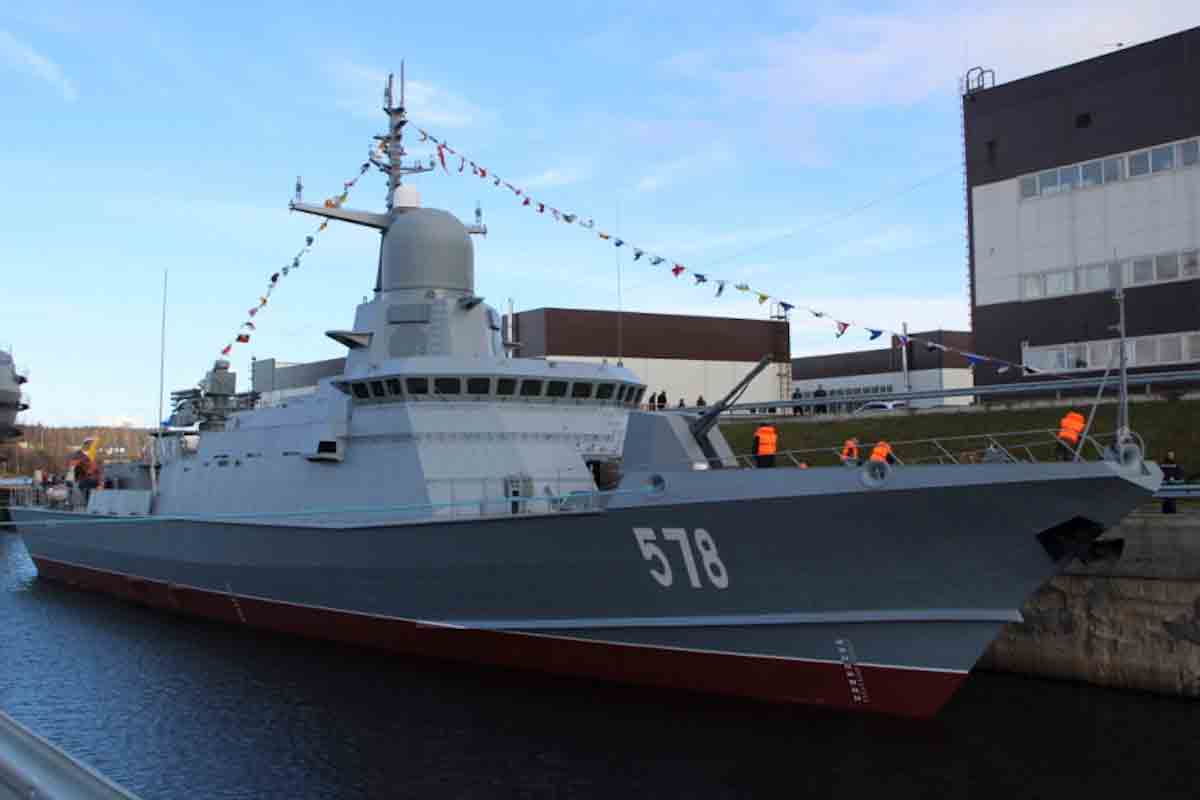
The Karakurt class, known by the Russian project code 22800, refers to a series of small guided missile corvettes built for the Russian Navy.
These vessels are designed for naval engagement and land-attack missions, incorporating the latest Russian technology in weapon systems and electronic defense.
The name “Karakurt” is derived from a species of venomous spider known as the “black widow,” perhaps reflecting the intent for these corvettes to deliver a potent and venomous strike in proportion to their relatively small size.
The Karakurt class corvettes are seen as part of Russia’s efforts to modernize its naval fleet and to provide versatile platforms capable of operating in coastal, or “green water” areas. They are designed to bridge the gap between larger vessels such as frigates and destroyers and smaller units like missile boats.
Features of the Karakurt Class:
Displacement and Dimensions:
The Karakurt corvettes have a standard displacement of about 800 tons and are approximately 67 meters in length, making them agile and relatively easy to maneuver near the coast.
Armament:
The armament systems on these corvettes include Kalibr-NK cruise missiles or Oniks anti-ship missiles, as well as short-range air defense missiles.
They are also equipped with a main gun, anti-aircraft defense systems, and possibly torpedoes.
Electronics:
The ships come with modern fire control systems, radar, and other sensor equipment.
Propulsion:
Propulsion is typically provided by diesel or diesel-electric engines, affording them speeds of up to 30 knots and good endurance for extended operations.
Operability:
The corvettes are capable of operating independently or as part of strike groups, offering strategic and tactical flexibility to the Russian Navy.

